• What is Self-Acceptance?
Imagine living a life where you no longer seek approval from others, where you embrace yourself fully—flaws, strengths, and everything in between. That’s the power of self-acceptance. It’s not about being perfect; it’s about recognizing your worth without conditions.
Self-acceptance means letting go of self-judgment and embracing who you truly are. It allows you to grow without guilt, to improve without feeling inadequate, and to navigate life with confidence. Unlike self-esteem, which often depends on achievements, self-acceptance is unconditional—it’s about loving yourself at every stage of your journey.
When you truly accept yourself, you free yourself from the burden of comparison and self-doubt. You begin to see challenges as opportunities, mistakes as lessons, and your uniqueness as your greatest strength. It’s the foundation for a healthier mind, stronger relationships, and a more fulfilling life.
Are you ready to embrace who you are? Let’s explore why self-acceptance matters and how you can cultivate it in your daily life.
“In the shadows of your flaws, lies the truth of who you are. To accept them is to free yourself from the chains of self-doubt.”
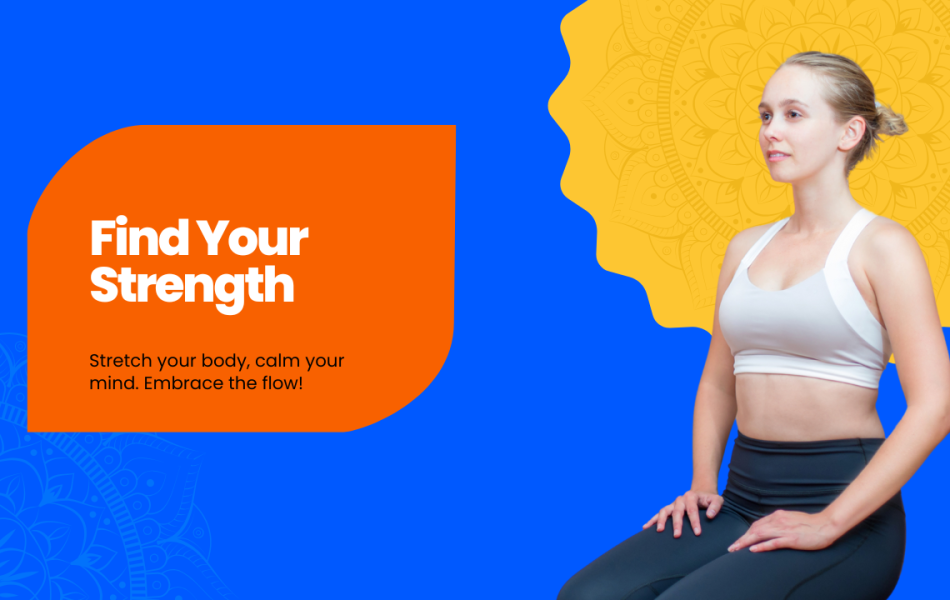
• Finding Your Strengths
You are stronger than you think. Within you lies a unique set of abilities waiting to be discovered. Finding your strengths isn’t just about identifying what you’re good at—it’s about unlocking your full potential and using it to create a meaningful life.
Your strengths aren’t always obvious. Sometimes, they’re hidden beneath self-doubt, fear, or the expectations of others. But when you take the time to explore what energizes you, what challenges you overcome naturally, and what brings you joy, you begin to see the incredible power within you.
True strength isn’t just about talent—it’s about resilience, passion, and the ability to keep going despite obstacles. The moment you recognize and embrace your strengths, you gain confidence, clarity, and the courage to pursue your dreams.
So, start looking within. What makes you feel alive? What do people admire about you? Your strengths are already there—you just have to uncover them.
The Hidden Talent-Story:
Arin always felt like he didn’t have any special talents. While others excelled in sports or music, he struggled to find something he was good at. One day, his teacher asked the class to find something they loved doing, even if they weren’t the best at it.
That evening, Arin picked up his sketchbook and started drawing, something he had always enjoyed but never considered a strength. As he drew, he realized he was losing himself in the process, not worrying about perfection.
When his teacher saw his drawings, she encouraged him to share them. To his surprise, his classmates loved them. Arin had discovered his strength wasn’t about being the best—it was about enjoying what he did and letting his passion shine through.
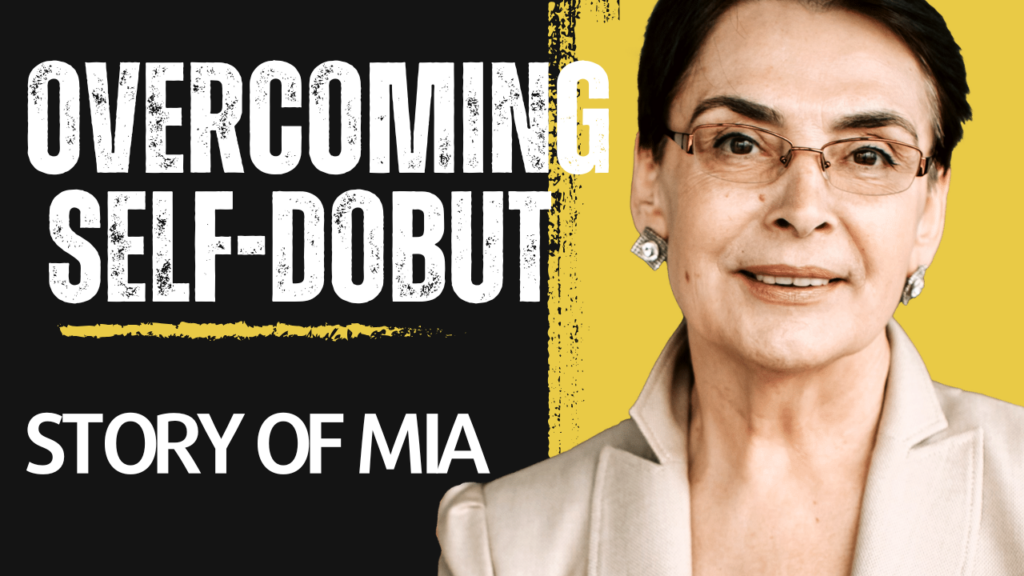
• Overcoming Self-Doubt
Self-doubt is a silent enemy that can hold you back from reaching your full potential. It whispers that you’re not good enough, that you’ll fail before you even try. But here’s the truth: self-doubt is just a feeling, not a fact.
Overcoming self-doubt begins with understanding that it doesn’t define you. Everyone experiences it, even the most successful people. The key is not to let it control your actions. When you challenge those negative thoughts and replace them with belief in your abilities, you begin to break free from its grip.
The more you step outside your comfort zone, the more you’ll realize that your fears were never as powerful as they seemed. Every small victory over self-doubt strengthens your confidence, and with each challenge, you grow stronger.
Remember, doubt is just a sign that you’re on the edge of growth. Embrace it, face it, and use it to fuel your journey forward.
The Leap of Faith-Story:
There was once a young woman named Mia, who dreamed of becoming a writer. But every time she sat down to write, self-doubt crept in. She wondered if her words were good enough or if anyone would care to read them.
One day, Mia decided to face her fear head-on. She submitted her first short story to a local contest, unsure of the outcome. To her surprise, she won. That victory didn’t just give her recognition; it gave her the courage to keep writing.
Mia realized that self-doubt would always be there, but it didn’t have to stop her from taking action. Each story she wrote made her stronger, and each moment of doubt was just another step toward growth.
“Self-doubt is the shadow of success. The more you face it, the brighter your path becomes.“
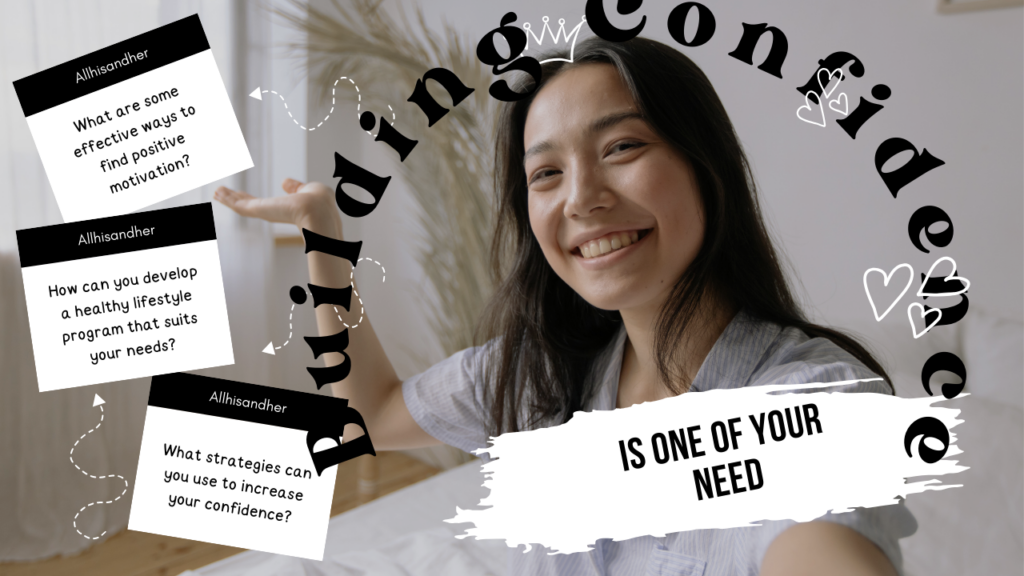
• Building Confidence
Confidence isn’t something you’re born with—it’s something you build. It’s the belief that no matter the challenge, you have the strength to face it. Building confidence starts with small steps. It’s about taking action, even when fear tries to hold you back, and proving to yourself that you are capable.
When you start embracing your abilities and acknowledging your achievements, no matter how small, you build a solid foundation of self-belief. Confidence grows when you push past your comfort zone and face the things that scare you. With each step forward, you’ll find that the obstacles you once feared become easier to overcome.
Remember, confidence isn’t about being perfect; it’s about trusting in your ability to handle whatever comes your way. So, take that first step today—believe in yourself, and watch your confidence grow.
The First Step-Story:
Tom had always been shy. He avoided speaking in public, fearing judgment and failure. But when his manager asked him to present at a meeting, he couldn’t say no. Nervous and uncertain, Tom spent days preparing, practicing his speech in front of the mirror.
On the day of the presentation, his hands were shaking, but he pushed through. To his surprise, the presentation went well. He didn’t just deliver the information—he gained the respect of his colleagues. That moment was a turning point for Tom.
From then on, he took on more challenges, each time building more confidence. He learned that confidence wasn’t about being fearless; it was about taking action despite fear.
“Confidence is built one step at a time, not by waiting for perfection, but by embracing progress.”
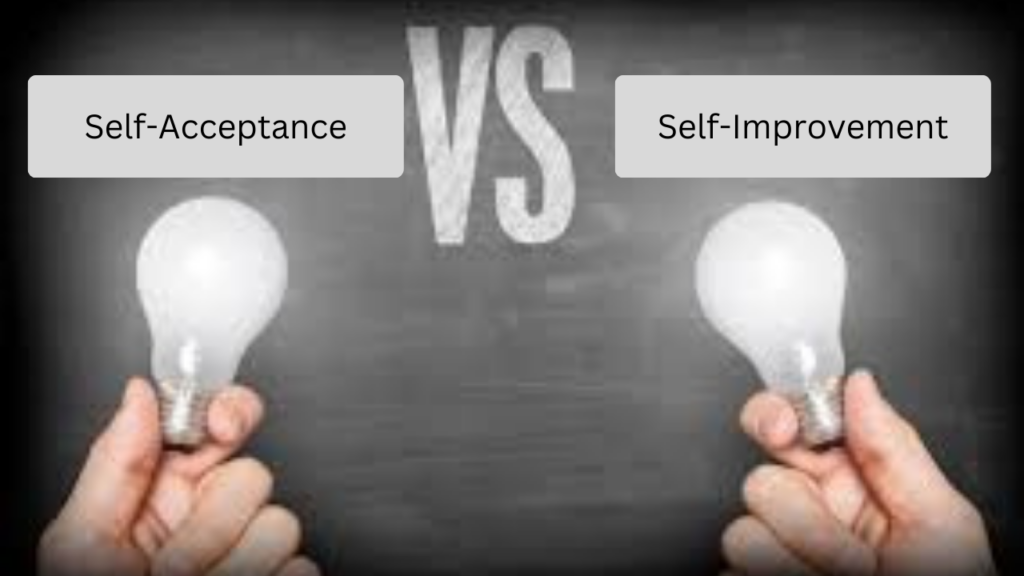
• Self-Acceptance vs. Self-Improvement
Self-acceptance and self-improvement are often seen as two opposing forces, but in reality, they work hand-in-hand. To truly grow, you must first accept yourself as you are, flaws and all. Without self-acceptance, you may find yourself endlessly chasing perfection, never feeling good enough.
However, self-improvement is about taking that acceptance and using it as a foundation to become better. It’s not about changing who you are, but enhancing the qualities that make you unique. The key is finding balance—acknowledging your worth while striving for growth.
Self-acceptance allows you to embrace where you are in life, while self-improvement empowers you to keep moving forward. Both are necessary for a fulfilling and meaningful journey. When you accept yourself, you free yourself from the pressure of perfection, and when you improve yourself, you unlock your true potential.
Remember, growth doesn’t mean rejecting who you are—it means becoming the best version of yourself, starting with self-acceptance.
The Journey of Emma- Story:
Emma always struggled with her appearance. She wanted to change the way she looked, thinking it would make her feel more confident. But every time she tried to lose weight or alter her style, she felt dissatisfied.
One day, Emma decided to take a different approach. Instead of focusing on changing herself, she began to accept her body as it was, learning to love her imperfections. This newfound self-acceptance didn’t mean she stopped striving for health; it simply gave her the freedom to improve for herself, not for others.
With time, Emma found that her self-improvement efforts became more fulfilling because they were rooted in acceptance. She no longer felt the pressure of perfection, and every step forward felt like a victory.
“True growth begins when we accept ourselves as we are, and improve ourselves for who we want to become.”
Embracing Imperfections
Perfection is an illusion, yet so many chase it, fearing that their flaws make them unworthy. But the truth is, imperfections are what make you unique. Every scar, every mistake, every so-called flaw tells a story—one that shapes who you are.
Embracing imperfections doesn’t mean settling for less; it means accepting yourself fully, without shame or fear. It’s in your imperfections that your real beauty, strength, and resilience shine through. When you stop hiding your flaws and start owning them, you step into your true power.
Growth isn’t about erasing imperfections—it’s about learning from them, loving yourself through them, and realizing that you are already enough. The moment you embrace your imperfections is the moment you set yourself free.
Motivating Story: “The Cracked Pot”
An old water bearer carried two pots—one perfect, the other cracked. Every day, as he walked from the stream to his home, the cracked pot leaked half of its water. Ashamed of its flaw, the pot apologized, feeling useless.
The water bearer smiled and pointed to the path behind them. “Look at the flowers growing along your side. I planted seeds, and your cracks watered them daily. Without you, this beauty wouldn’t exist.”
“Your imperfections are not mistakes; they are the marks of a life lived fully. Embrace them, for they make you beautifully, unapologetically you.”

The pot realized its imperfection had a purpose—it created something beautiful. Just like that pot, our flaws don’t make us less worthy; they make us unique, adding meaning and depth to our journey.
Mindfulness and Self-Acceptance
We often get lost in the chaos of life—haunted by past regrets or anxious about the future. But true self-acceptance begins in the present moment. Mindfulness teaches us to slow down, to observe our thoughts without judgment, and to embrace ourselves as we are, right now.
When you practice mindfulness, you become aware of your inner critic, yet you learn not to be controlled by it. You start recognizing that flaws, mistakes, and imperfections are part of being human. Instead of resisting them, you allow yourself to simply be—free from self-doubt, free from the pressure to be perfect.
Self-acceptance isn’t about ignoring growth; it’s about understanding that you are enough in this moment, while still moving forward. By being mindful, you create space for self-love, healing, and the courage to embrace yourself fully.
.
Real-Life Story: Oprah Winfrey – From Struggle to Self-Acceptance
Oprah Winfrey’s journey is a testament to the power of mindfulness and self-acceptance. Born into poverty and facing a traumatic childhood, she struggled with self-worth for years. As she pursued a career in media, she often faced criticism—about her appearance, her background, and even her ability to succeed in television.
At one point, she tried changing herself to fit industry standards, but it only left her feeling lost. It wasn’t until she fully embraced who she was—her voice, her past, and her authentic self—that she truly flourished. She focused on being present, learning from her experiences, and practicing gratitude.
Oprah’s journey of mindfulness and self-acceptance led her to become one of the most influential and successful women in the world. She proved that when you accept yourself fully, you unlock your true power and inspire others to do the same.
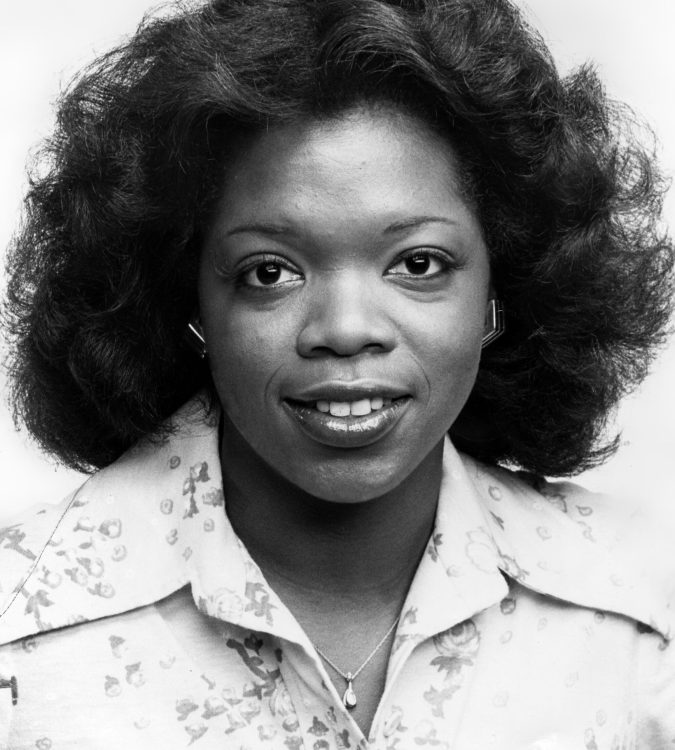
This story makes the concept relatable, showing that even the most successful people have had to embrace mindfulness and self-acceptance to reach their full potential. Let me know if you’d like any refinements!
“Take a deep breath. You are already enough, just the way you are. Growth will happen in time, but for now, just focus on being present.”
The Power of Gratitude: Transforming Your Life from Within
In a world where people constantly chase more—more success, more wealth, more validation—it’s easy to overlook the incredible power of gratitude. Yet, those who master gratitude don’t just live happier lives; they unlock a mindset that fuels growth, resilience, and inner peace.
Why Gratitude is More Than Just a Feeling
Gratitude isn’t just about saying “thank you” when something good happens. It’s a shift in perspective, a way of seeing life through the lens of abundance rather than lack. It’s the ability to find value in every experience—whether joyful or challenging.
When you focus on what you have instead of what you lack, your mind begins to attract more positivity. Studies show that practicing gratitude reduces stress, improves mental health, and even strengthens relationships. It rewires your brain to seek opportunities rather than obstacles.
Gratitude in the Face of Adversity
Many believe gratitude is only possible when life is going well. But the real test of gratitude is in difficult moments. The most successful and fulfilled individuals don’t just express gratitude when things are easy; they find it in the hardest of times.
Take Nelson Mandela, for example. Despite spending 27 years in prison, he never let bitterness consume him. Instead, he practiced gratitude for every lesson life taught him. That mindset gave him the strength to lead a nation toward unity rather than revenge. His life proves that gratitude is a source of power, not weakness.

in Daily How to Harness the Power of Gratitude Life
If you want to transform your mindset and elevate your life, start incorporating gratitude into your daily routine:
- Morning Reflection: Start each day by listing three things you’re grateful for. This simple practice sets the tone for positivity.
- Shift Your Focus: When facing challenges, ask yourself, What lesson can I learn from this? Gratitude turns obstacles into stepping stones.
- Express Appreciation: Tell people how much you value them. Gratitude strengthens connections and creates a ripple effect of positivity.
- Gratitude Journal: Before bed, write down one thing that made your day meaningful. Even on tough days, this reminds you that there’s always something to appreciate.
Gratitude: The Key to Fulfillment
Gratitude is the foundation of happiness, confidence, and inner strength. It’s not about denying struggles but about shifting focus to what truly matters. The moment you start appreciating what you have, life begins to give you even more.
Embrace gratitude, and watch how your world transforms.
Building Resilience: The Strength to Rise Again
Life is unpredictable. It throws challenges, setbacks, and failures in our path. Some people break under pressure, while others rise stronger than before. The difference? Resilience.
Resilience isn’t about avoiding difficulties—it’s about facing them head-on, adapting, and emerging with newfound strength. It’s the power to rebuild when everything seems lost, to stand tall when life tries to push you down. And the best part? Resilience isn’t something you’re born with; it’s something you build.
What Resilience Truly Means
Resilience is often misunderstood as being “tough” or emotionless in the face of hardship. But true resilience isn’t about suppressing emotions—it’s about managing them. It’s about acknowledging pain, learning from it, and using it as fuel for growth.
Think of resilience as a muscle. The more you use it, the stronger it gets. Each challenge you face is an opportunity to build endurance, mental toughness, and emotional strength. Every setback is a lesson in disguise, preparing you for something greater.
The Science of Resilience: Why Some People Overcome and Others Break
Studies have shown that resilient individuals share key traits that allow them to thrive in adversity:
A Growth Mindset: They see failure as feedback, not as an endpoint. They believe in learning and adapting rather than giving up.
Emotional Regulation: Instead of being consumed by fear, stress, or anxiety, they acknowledge their emotions and respond with clarity.
Strong Sense of Purpose: They have goals, values, and a vision that keep them moving forward, even when times are tough.
Adaptability: They accept change as a part of life, adjusting their strategies rather than resisting reality.
Social Support: They lean on trusted relationships, understanding that resilience doesn’t mean facing struggles alone.
These traits can be cultivated with practice, meaning anyone can become more resilient, no matter where they start.

Resilience in Action: The Story of J.K. Rowling
Before becoming one of the most successful authors in history, J.K. Rowling faced repeated failures. She was a single mother living in poverty, struggling to make ends meet while receiving rejection after rejection for her book. Any ordinary person might have given up—but she didn’t.
She kept writing. She kept believing. She turned her pain into power and used every setback as fuel to push forward. Today, the Harry Potter series has inspired millions, proving that resilience turns obstacles into stepping stones for greatness.
The Unbreakable Mindset
Building resilience isn’t about avoiding pain—it’s about learning to stand tall despite it. It’s about realizing that every challenge is a chance to grow, every failure is a lesson, and every setback is a setup for a comeback.
Building Resilience in Your Own Life
If you want to become unshakable in the face of challenges, here’s how you can actively build resilience:
✅ Reframe Challenges as Opportunities – Instead of asking, Why is this happening to me?, ask What is this teaching me?
✅ Develop Self-Awareness – Recognize your triggers, emotions, and patterns so you can respond wisely instead of reacting impulsively.
✅ Strengthen Your Mindset – Train yourself to embrace discomfort. Step out of your comfort zone daily to build mental endurance.
✅ Cultivate Gratitude – Even in hard times, find something to appreciate. Gratitude shifts focus from what’s wrong to what’s possible.
✅ Take Care of Your Body – A strong body supports a strong mind. Prioritize sleep, movement, and nutrition to maintain resilience.
✅ Surround Yourself with Strength – Keep people around you who uplift and inspire you. The right support system fuels resilience.
“You are stronger than you think. And with resilience, there’s nothing life can throw at you that you can’t overcome.”
Practical Steps to Self-Acceptance: Embracing Who You Truly Are
Self-acceptance isn’t a destination; it’s a journey—a commitment to embracing who you are at every stage of life, flaws and all. It’s about recognizing that you are worthy and enough, even when you don’t feel that way. But how do you get there? How do you silence the inner critic and accept yourself without reservation?
Here are practical, transformative steps you can take toward true self-acceptance:

1. Cultivate Self-Awareness
The first step in self-acceptance is to truly understand yourself—your thoughts, emotions, triggers, and desires. Self-awareness helps you identify where you struggle with self-acceptance and why. It’s about recognizing your strengths and acknowledging areas for growth without judgment.
Actionable Tip:
Start a journal. Write down your thoughts and feelings without censoring yourself. Reflect on your experiences and notice patterns of negative self-talk or limiting beliefs.

2. Challenge Negative Beliefs
Many people carry negative beliefs about themselves, formed by past experiences or societal standards. But these beliefs are often false and limiting. To accept yourself, you must challenge these beliefs and replace them with empowering thoughts.
Actionable Tip:
Every time you catch yourself thinking negatively about yourself, pause and ask, Is this belief really true? Replace it with a positive affirmation that reflects who you truly are.

3. Practice Self-Compassion
Self-acceptance is impossible without self-compassion. Being kind to yourself, especially when you make mistakes, allows you to forgive yourself and move forward. You’re human—flaws and imperfections are part of your story. Treat yourself with the same care and understanding that you would offer a friend.
Actionable Tip:
When you’re feeling down, take a moment to comfort yourself. Say things like, It’s okay to feel this way, and I am allowed to make mistakes.

4. Set Boundaries and Prioritize Yourself
Self-acceptance isn’t just about how you see yourself; it’s also about how you allow others to treat you. Setting healthy boundaries is a form of self-respect. When you prioritize your well-being, you reinforce your self-worth.
Actionable Tip:
Practice saying “no” when you feel overwhelmed or when something doesn’t align with your values. Setting boundaries protects your energy and reinforces that you deserve respect.
